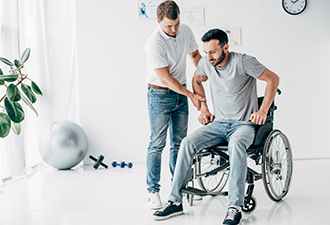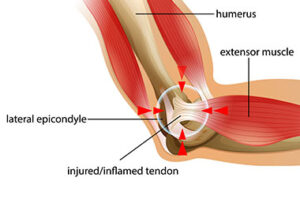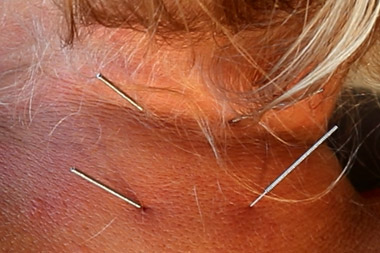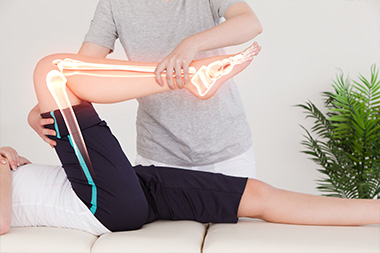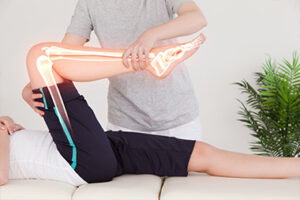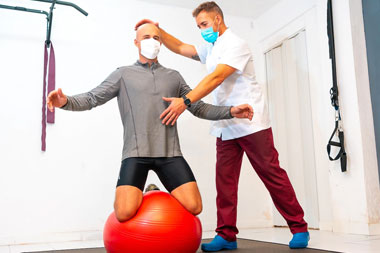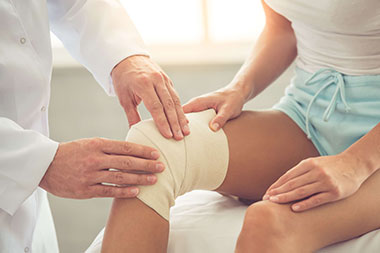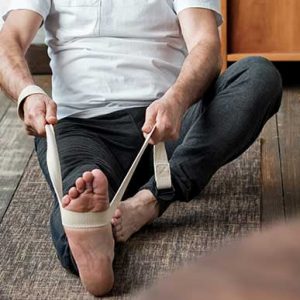Summer is finally here, school is out and many of our patients and clients have left for their summer holidays! Although school and work may be over, don’t forget that self-care and looking after your health and wellness should never stop! In order to prevent any injuries or mishaps from occurring and spoiling your vacation, Nightingale’s home physiotherapist have put together a few tips and tricks to keep you in top shape for maximum enjoyment of the holiday period with your family.
What could possibly go wrong?
Acute injuries and holidays
Going on holiday is meant to be a relaxing time. However, holidays involve travelling and this can often be quite physical. Should you injure yourself before going away, there may be a few things to consider and some adjustments to be made before travelling! Be sure to plan your journey and think about all the potential issues.
- Will you be able to tolerate sitting for prolonged periods? Do you need to apply for a special upgrade of your seating on an airplane?
- Do you need alternate transport arrangements from the airport to the hotel?
- Do you require specific bathing/ shower facilities now?
- Will you have to climb numerous staircases? Are there elevators?
- How will you manage to transport your luggage?
Planning ahead will ensure you can still enjoy your time away without any unforeseen stress.
How to manage an acute injury whilst away
If you are unfortunate enough to injure yourself while away on holiday, all is not lost.
In the acute phase of an injury, rest would be recommended! Not having to be at work all day and being away from the daily commute can be an advantage. Being able to take relative rest, elevate the limb if necessary to reduce swelling and having absolute control over activity levels can be very useful. If necessary, locate a doctor or physiotherapist in the area for help or advice!
Make sure that your physiotherapist gives you a modified exercise program and activity modification which is realistic to your holiday destination. Make sure that they are aware of your likely environment whilst you are away such as access to gym facilities. Being on holiday may mean being able to access gym more regularly than when we are at work which can be great to optimize recovery, albeit it may slightly disrupt some of your planned holiday fun.
Managing chronic injuries whilst away on holiday
Most chronic injury rehabilitation programs will involve a graded progression of exercises. Therefore, whilst you are away, it is important not to completely ditch your rehabilitation (although it is good for the body to have a chance to rest and recuperate sometimes). Make sure that your physiotherapist gives you an exercise program and activity modification which is realistic to your holiday destination. Being on holiday may mean being able to access gym more regularly than when we are at work which can be great to optimise recovery. Enquire before leaving if you would have access to gym facilities, or whether you should pack some exercise equipment (such as therabands) and modify your exercise program while away.
Activities whilst on holiday
It is increasingly popular for us to indulge in unusual, and sometimes quite extreme, sports while on holiday. Be aware of the fact that these can potentially exacerbate your injury. Also, we potentially partake in activities without any preparation, again, this can be a potential precursor for injury. Especially if you have done no preparation work and attempt a long hike, a steep ski slope or some very strenuous water activity.
It is not uncommon to come back from holiday with new injuries!
In order to prevent this, carefully consider any pre-existing problems you may have had. Question how the activity you are participating in compares with your usual levels of fitness and activity. Are there any particular movements that you find particularly difficult? Are there certain movements to avoid?
Plan smart, stay safe and have fun! We’re here for you on the other side of the holidays if and when you need us.
10 TIPS TO STAY HEALTHY ON HOLIDAY
- Purchase a travel pillow for the flight to avoid waking up in your holiday destination with a stiff neck.
- Take care lifting and moving heavy luggage.
- Avoid having air-con blasted onto your neck for the duration of your flight & whilst eating in restaurants.
- Take the time to adjust the seat of your hire car to suit you.
- Wear supportive shoes and not flip-flops especially when going for longer walks and days out.
- Take care around the pool to avoid slips and falls.
- Peel yourself up from your sunbed every 30 minutes & take a swim or 5 minute walk.
- Ask the hotel for extra or alternative pillows if your head & neck are uncomfortable in bed.
- Take the hotel stairs instead of the lift – moderate exercise is the best way to stay healthy.
- Most importantly… avoid dirty dancing lifts after a day of enjoying your all-inclusive drinks!!!


